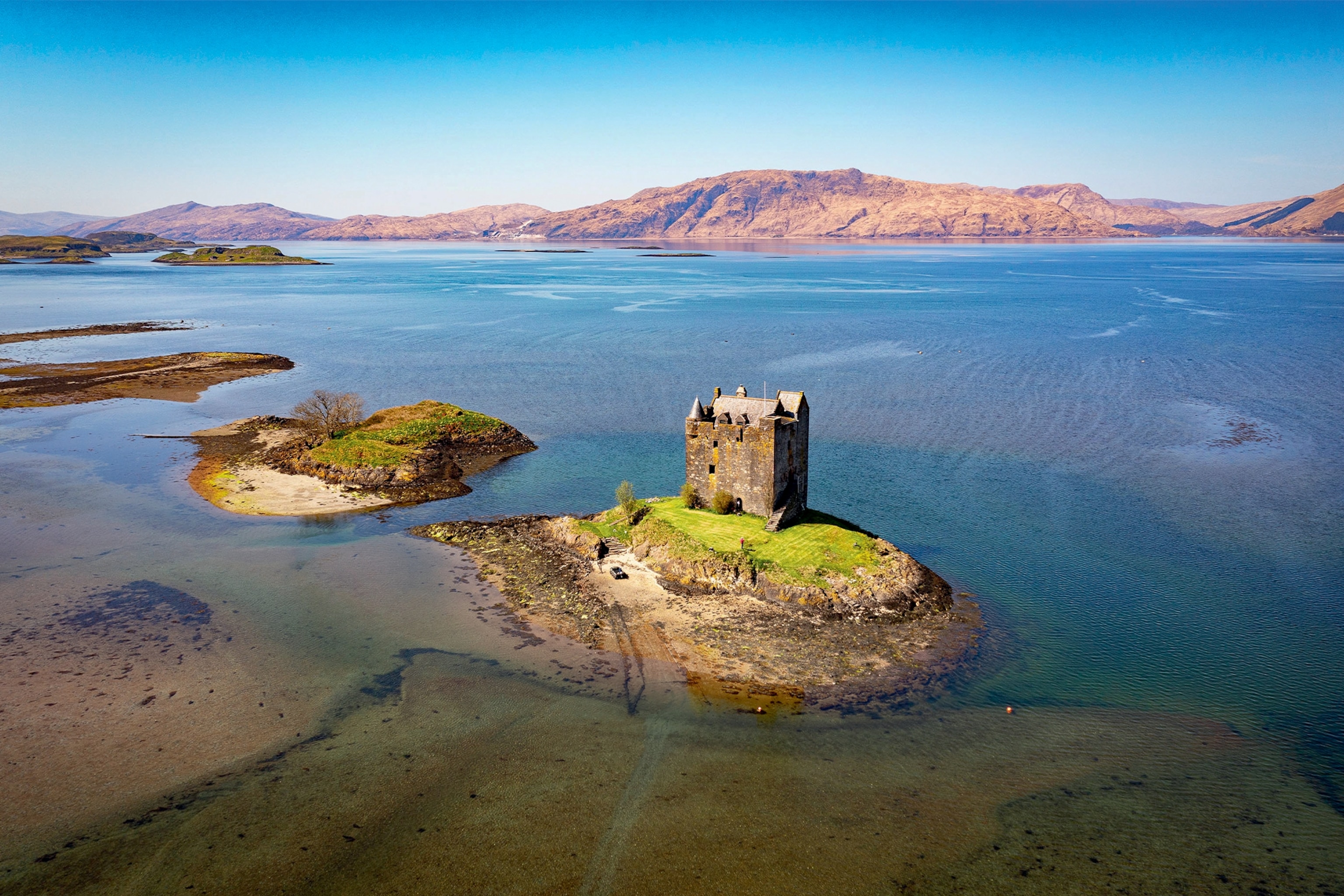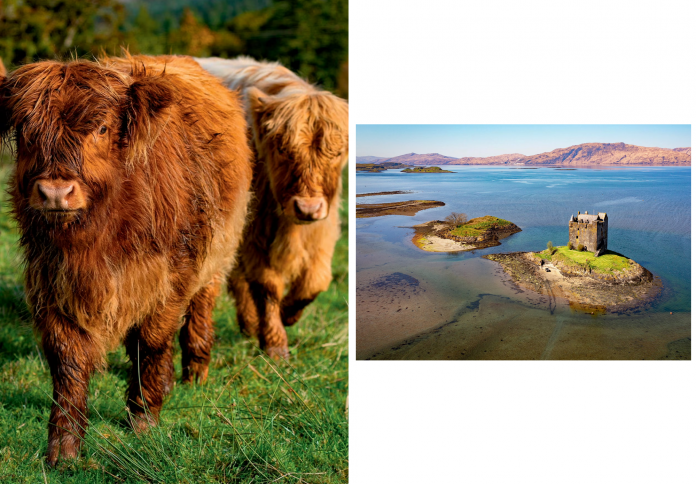The Scottish Highlands—a landscape of soaring munros, vast lochs, and ancient Gaelic history—has long been a magnet for adventurers. Yet, in an era defined by the climate crisis, the question is no longer simply where to go, but how. An increasing number of travelers are opting for a “slow travel” approach, embracing the challenge of an eco-conscious adventure that minimizes carbon footprint while maximizing cultural immersion. This journey trades the speed of rental cars for the romance of rail, the self-reliance of cycling, and the deep connection of walking ancient trails. It is an exploration defined by the philosophy of Leave No Trace, supporting local craftspeople, and witnessing the region’s pioneering rewilding efforts. This adventure is not about covering ground quickly, but about finding a quieter, more meaningful resonance with Scotland’s majestic, vulnerable heart.
The Great Highland Railway Revival
The first and most crucial step in any eco-conscious Highland adventure is the conscious decision to forgo the typical internal combustion engine rental car. The journey itself begins by embracing the romance and low-impact nature of the train.

The Highlands boast some of the world’s most spectacular railway lines, such as the famous West Highland Line, which connects Glasgow to Mallaig. This journey is an experience in itself, allowing travelers to watch the dramatic, misty landscape unfold through the panoramic windows, significantly reducing their carbon footprint compared to driving. Beyond the major routes, Scotland’s evolving infrastructure encourages electric vehicle (EV) rentals for short, essential trips, backed by a growing network of charging points. However, the true spirit of eco-travel here lies in recognizing that the journey is the destination, slowing down to appreciate the landscape as it passes, rather than speeding through it.
The Philosophy of Slow and Self-Propelled Travel
True eco-conscious travel in the Highlands is defined by the human-powered journey, demanding that visitors move at the pace of the landscape itself. This dedication to “slow travel” fosters a deeper, more sustainable connection.

The Highlands are a paradise for cyclists and walkers, offering miles of dedicated trails, from historic drovers’ roads to well-maintained hiking paths leading up challenging munros (mountains over 3,000 feet). Opting for pedal power or foot power eliminates direct emissions entirely and provides direct financial support to local businesses found in remote villages, which serve as crucial refueling points. This approach requires more planning and resilience, but it transforms a passive viewing experience into an active, respectful engagement with the land, allowing travelers to fully embody the Leave No Trace principles fundamental to the region’s ethical tourism mandates.
Accommodation: Carbon-Neutral Comfort and Localism
The choice of lodging is central to the eco-conscious itinerary. The sustainable traveler bypasses large, chain hotels in favor of accommodations that are rooted in the community and adhere to rigorous environmental standards.

The Highlands are pioneering a new generation of accommodation, from carbon-neutral lodges built from locally sourced, sustainable materials to restored crofts (traditional small farms) offering authentic, low-impact stays. These establishments often utilize renewable energy sources, manage their own waste responsibly, and source all food supplies from within a tight radius—reducing food miles to nearly zero. By choosing to stay at these community-centric locations, travelers ensure that their tourism dollars remain within the local economy, directly supporting the families and businesses that are the true custodians of the Highland landscape and its Gaelic cultural heritage.
The Rewilding Revolution and Conservation Tourism
An eco-conscious adventure provides opportunities to directly engage with Scotland’s ambitious rewilding movement, which is working to restore natural ecosystems and native species populations that were devastated by centuries of deforestation and overgrazing.

Organizations like the Trees for Life and the various Highland estates are actively involved in reintroducing species and planting native Caledonian Pine forests. For the conscious traveler, this means seeking out specialized tours focused on conservation tourism, where guiding fees directly fund rewilding initiatives. Activities shift from purely recreational to educational: tracking golden eagles, spotting the elusive Scottish wildcat, or observing the return of the beaver to Highland river systems. These experiences transform the traveler into a participant in the region’s ecological recovery, offering a powerful, hopeful narrative about nature’s capacity for healing when given the chance.
Cuisine and Craft: Supporting the Local Ecosystem
The final layer of the eco-conscious journey involves the intentional decision to consume locally, ethically, and seasonally, ensuring that every meal and souvenir contributes positively to the region’s sustainability.

Highland cuisine is built on fresh, quality ingredients, from wild venison and ethically caught salmon to local barley and foraged berries. The conscious traveler seeks out small, family-run restaurants and pubs that champion this local produce, reducing the carbon impact associated with global supply chains. Furthermore, supporting local Gaelic craftspeople—whether purchasing Harris Tweed, handmade pottery, or traditional instruments—ensures that financial resources help sustain the region’s ancient culture and craft economies. This holistic approach proves that the most luxurious elements of a trip are not found in imported goods, but in the authentic, high-quality, and environmentally responsible products of the land itself.










